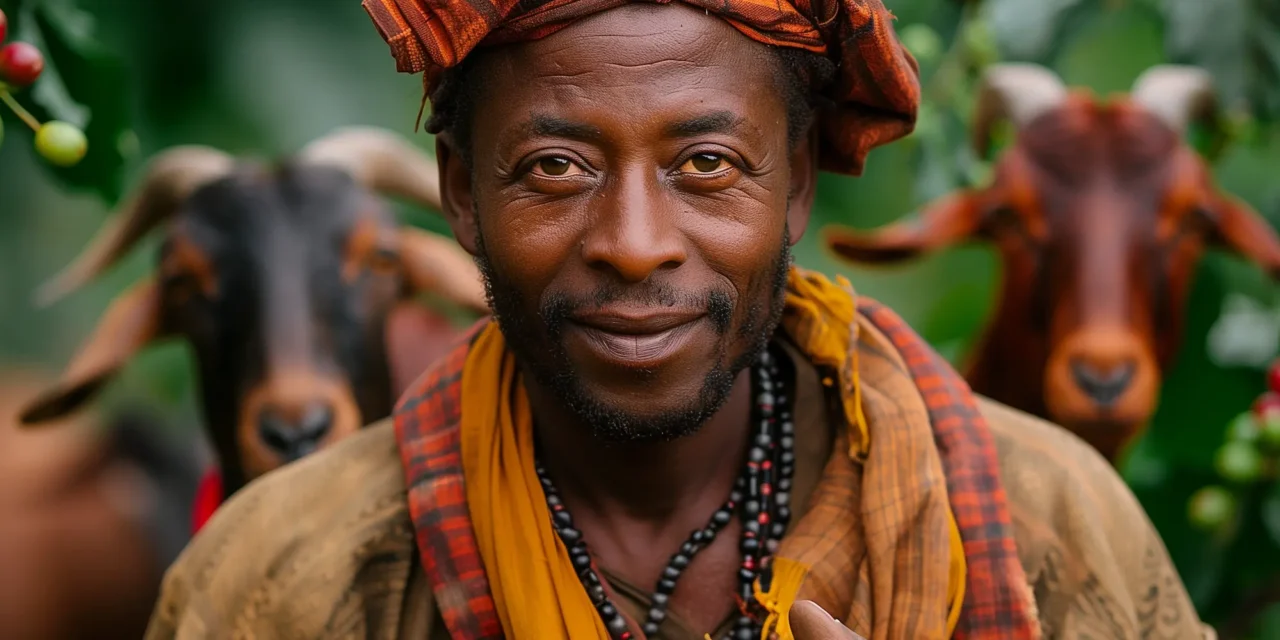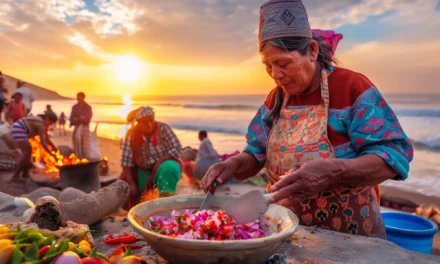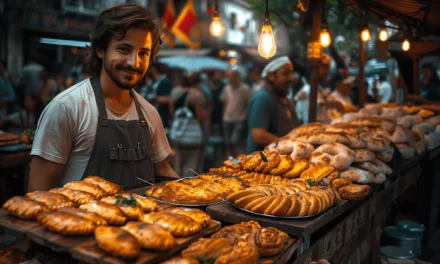It is believed that coffee was first consumed by ancient people living in the region that is now Ethiopia at least 1,000 years ago. There is no record of when coffee was first consumed, but some theories suggest that it was used as a food or to make an infusion. However, we do know that coffee beans were first roasted and ground to make a beverage about 500 years ago1 2.
When coffee first started appearing on the scene, people were like, “Whoa, what is this magical concoction? Its world domination began in the 14th century when traders from Yemen first laid eyes on the coffee plant. Within a few decades, coffee spread like wildfire throughout the Muslim world. Everyone talked about its delicious and energizing aroma.
From Ethiopia to your cup: The journey of coffee.
Coffee became popular in the Muslim world around the 15th century, but we can’t pinpoint an exact date because written records from the time are pretty limited. But we do know that it was around this time that people started brewing this delicious beverage and reaping the benefits of caffeine 3.
Ethiopia is commonly considered the birthplace of coffee, and for a good reason! Here “Coffea arabica” still grows wild in highland forests, just like it did centuries ago. It’s the perfect place to get a cup of coffee that’s truly authentic. Many myths have arisen about how humans discovered the possibilities of coffee as a beverage 3.
Coffee, or at least the consumption of the fruit from the coffee plant, is usually traced back to the tale of the shepherd who noticed the unusually energetic behavior of his sheep after they had just grazed on the plant. The shepherd tried the fruit himself and found that it gave him the energy to stay up all night. He was so excited that he ran all the way to the nearest town to tell everyone about this amazing discovery2.

What is certainly clear is that the Oromo people, a Muslim tribe from the regions of Sidamo, Kaffa, and Jimmah, began simmering the desiccated coffee cherry husks in boiling water for fifteen minutes, producing a hot infusion known as “buno” in the local language3.
From Ethiopia to Yemen: The Coffee Connection
The proximity of Yemen to Ethiopia will provide significant contact between the two regions, as there has been for centuries dating back to the pre-Christian era. It’s like these two countries are next-door neighbors! This closeness will no doubt lead to increased trade and cultural exchange between the two regions3.
Coffee was introduced to the Yemen mountains because the climate there is perfect for growing it. The mountains provide the coffee beans with the right amount of sun, shade, and moisture they need to thrive. The coffee plants would feel right at home3.
Most stories connect this expansion to men from one of the mystical Sufi religious orders, to which coffee quickly became essential for devotional purposes.
The Spread of Coffee in the Middle East
Sufi orders were like the early adopters of coffee. They weren’t reclusive hermit types but ordinary people who went to work and did everyday things. This probably helped coffee become more popular. After all, What’s more, social than sharing a cup of coffee with a friend?
Coffee was first introduced to the Arabian Peninsula by traders, explorers, and other Sufis who traveled outside of Yemen. These adventurers were likely seeking new insights and perspectives, and coffee was the perfect beverage to keep on their journey3.
Who knew those ancient coffee beans would go such distances? At some point in the late 15th century, coffee made its way to Mecca. We’re not sure how or why it ended up there, but by 1511, it was already pretty popular. By the first decade of the sixteenth century, It spread from Yemen all the way to the Hijaz and Cairo. In just another decade, it reached Syria, most likely via a pilgrimage caravan. Coffee made it to Istanbul eventually, around the middle of the 1500s4.
From the Arabian Peninsula to Istanbul: The Great Spread of Coffee
The Sufis were known to be quite the spreaders of knowledge, and they did so with the intent of sharing their new form of qahwa. This qahwa was like coffee but much better and much more holy. The Sufi shared their new qahwa all the way from the Arabian Peninsula to the holy cities of Mecca, Jeddah, and Medina. Eventually, their qahwa made its way to Cairo, which was the center of the Mameluk Empire4.
A key turning point occurred in 1511 when the governor of Mecca tried to break groups of men gathering at the mosque and drinking qahwa. The governor tried to coerce the city’s religious leaders into ruling that qahwa was un-Islamic because it promoted intoxication. However, the authorities from Cairo overruled the judgment, effectively giving the green light to coffee consumption4.
The governor of Mecca had a secret plan to take down the taverns that served alcohol to non-Muslims. But instead, he accidentally reaffirmed the coffeehouse as a secular meeting place for Muslims. Men could meet there as equals and be entertained by storytellers and musicians. Even veiled female singers were allowed!4.
The Ottoman conquest of the Mameluk Sultanate in 1517 led to the spread of coffeehouses throughout the Levant, with the first coffeehouse opening in Istanbul in 1,554. The Turkish name for coffee, “kahve,” is now enjoyed by people all over the world4.
If you’re looking to make the original kahve that arrived in Europe around 1,600, you’ll need to grind up some grains until they’re turned into a fine powder. Combine this powder with water and sugar in an uncovered container, then boil the mixture until it foams. Once it’s foamy, leave it to rest and boil it one or two more times. Finally, decant the coffee into small cups and enjoy!1.
When coffee first came on the scene, people were like, “Whoa, what is this magical elixir?” They began writing about it and singing its praises far and wide. Before long, coffee had become the hottest new commodity around. It’s no wonder that this incredible beverage has been written about so much throughout history, starting at this point1.

- McGee, H. (2011). La Cocina y Los Alimentos (Sexta ed.). (J. M. Ibeas, Trad.) Barcelona, España: Debate.[↩][↩][↩]
- Fichman, I. (Producer), & Angelico, I. (Director). (2005). Black Coffee [Motion Picture][↩][↩]
- Hattox, R. S. (1985). Coffee and Coffeehouses : The Origins of a Social Beverage in the Medieval Near East. Seattle: University of Washington Press.[↩][↩][↩][↩][↩][↩]
- Thurston, R. W., Morris, J., & Steiman, S. (2013). Coffee : A Comprehensive Guide to the Bean, the Beverage, and the Industry. Lanham, Maryland: Rowman & Littlefield.[↩][↩][↩][↩][↩]




